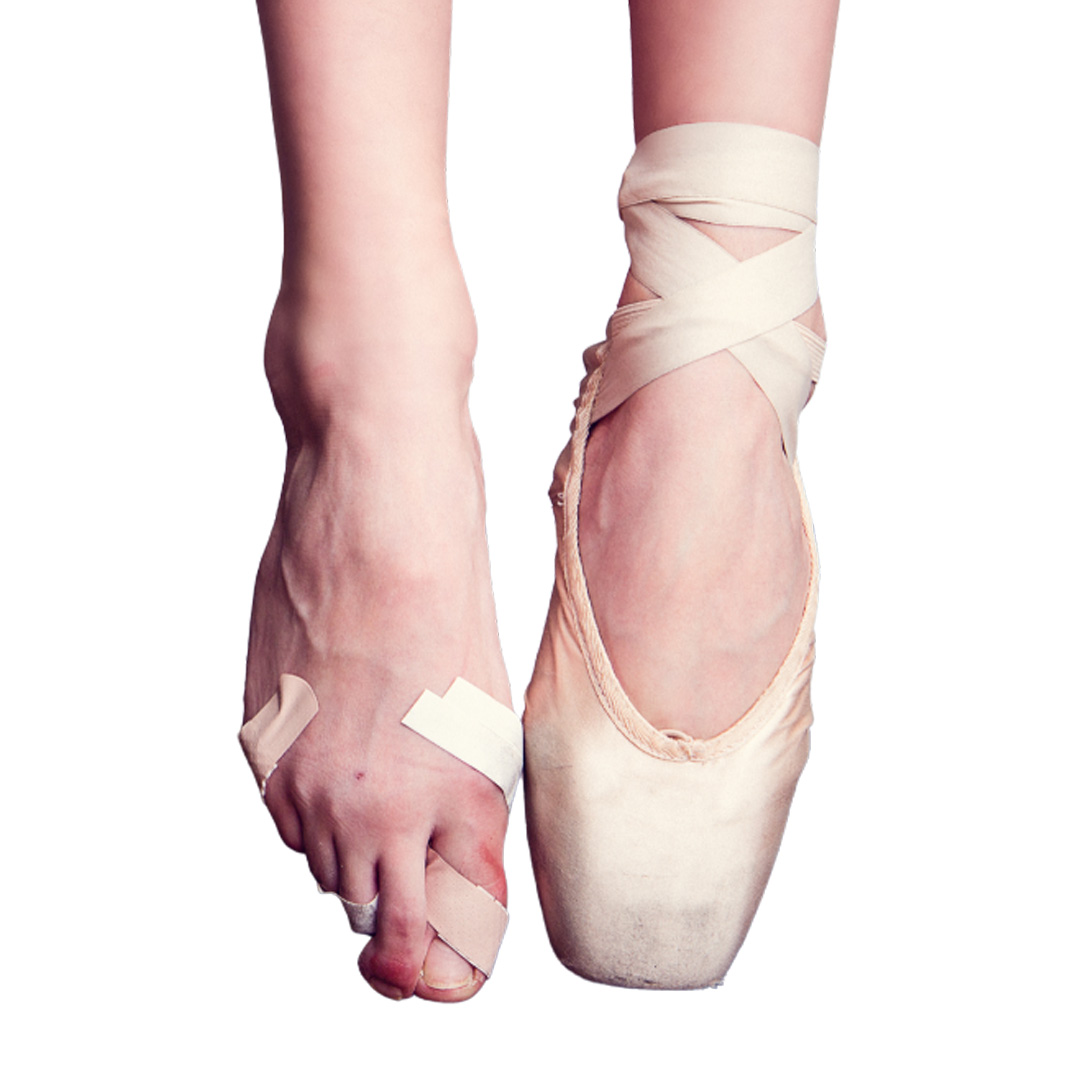BIOMECHANICS is an extremely powerful tool when analysing the movements made by dancers in any discipline. It helps to prevent medical conditions and injuries as it allows the individual to improve the posture and perform exercises with less effort, despite this being a discipline where the feet withstand all the weight, force and pressure.
Dance is a combination of extreme sport and grace; it is physically demanding on the entire body and on the feet in particular. It requires years of training and the development of great motor skills. It involves movements that are highly demanding and push the joints to their limits. When movements are performed incorrectly, not only is the aesthetic affected, but there is also a risk of injury.
Studies involving professional ballet dancers show that there are high injury rates in classical ballet. They show that around 95% of professional dancers have at least one injury each year caused by classical ballet. The foot and the ankle are the areas most vulnerable to injury. (1)(2)
The foot is the part of the body that withstands its whole weight, it absorbs part of the impact caused in jumps, and even being on one’s tiptoes doubles the peak pressures on the foot. A dancer weighing 60 kg who lands on their tiptoes from a height of one metre generates an impact force of approximately 4950 N or 700 psi.
Caring for a dancer’s feet is essential as the feet support the body. And what’s more, each foot has 26 bones, 36 joints and over 100 muscles, tendons and ligaments, not to mention 7,000 nerve endings.
BIOMECHANICS allow us to understand each movement of a dancer to identify unsuitable patterns and injury risks.

Podiatry offers two types of treatments that can help dancers. When they are not training or dancing.
On the one hand, corrective podiatry can help to halt or prevent many of the injuries caused by this discipline, which are shown in the graphic. For these cases, polypropylene BIOMECH insoles are recommended for making significant biomechanical corrections or offsets.
However, on the other hand, there is palliative podiatry, something that is not practised all too frequently, in extreme athletes such as the case in hand.
Helping the lower limbs to rest correctly and recover after hard training sessions is extremely important and highly advisable. In this case, we would recommend a soft EVA or polyurethane BIOMECH insole; both are famed for having an open pore, facilitating the distribution of plantar pressure and making the insole very comfortable.
At Biomech Consulting, we’d be delighted to provide you with any information you may need. Contact us by filling in our form https://biomechconsulting.com/contacto/ or by writing to us at info@devbmconsultin.wpengine.com
(1) Kadel N. Foot and Ankle Problems inDancers. Phys Med Rehabil Clin NA [Internet]. 2014;25(4):829–44.
(2) Nilsson C. The injury panorama in a Swedish professional ballet company. Knee Surg, Sports Traumatol, Arthrosc. 2001;57:242–6.

 23/11/2022
23/11/2022